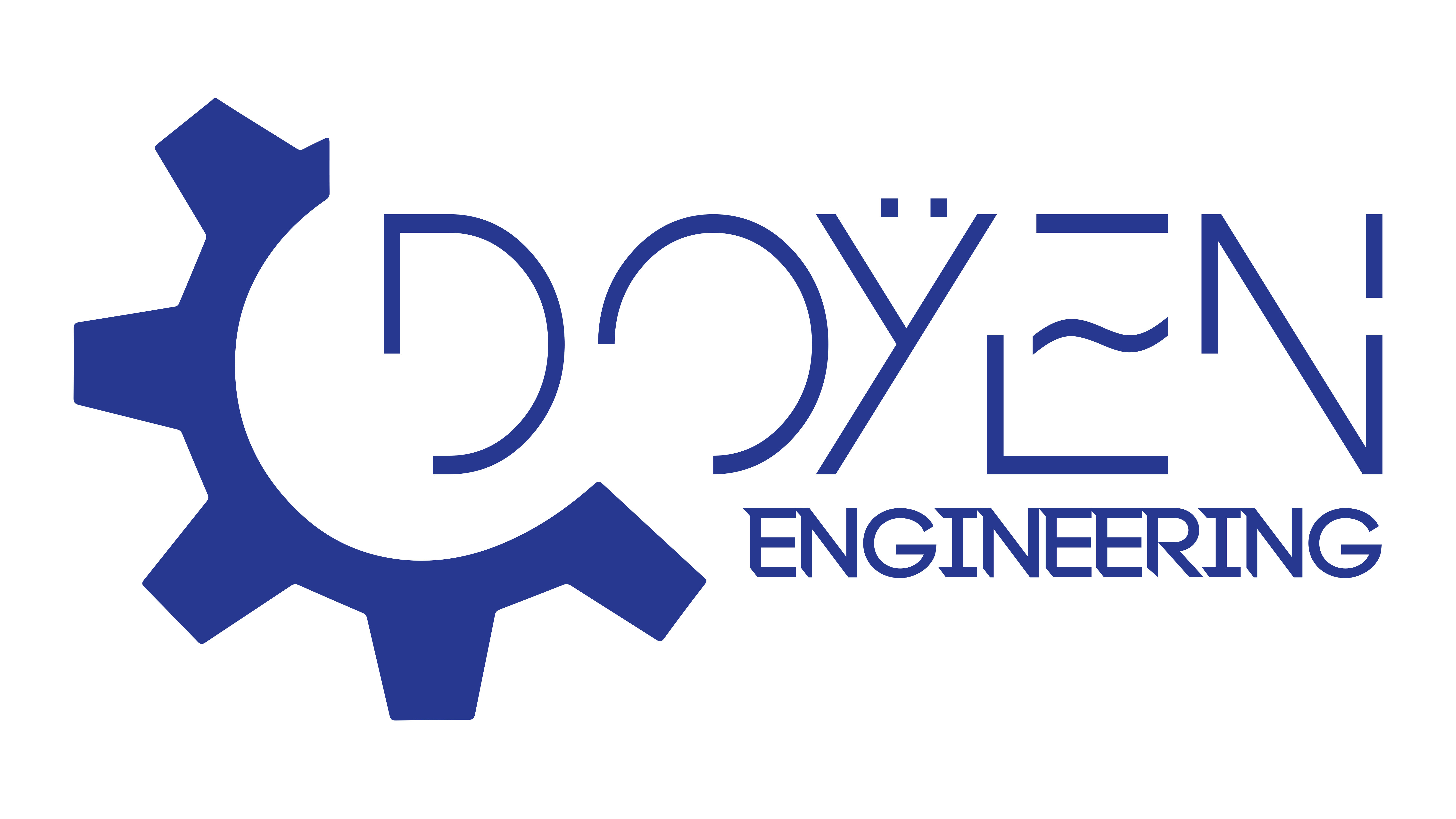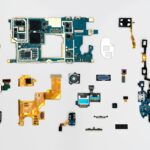
Introduction
Overview of Virtual Reality (VR)
Virtual Reality (VR) is an immersive technology that creates realistic, computer-generated environments. It allows users to engage with 3D worlds through specialized devices like VR headsets. Imagine exploring ancient civilizations or conducting complex experiments without ever leaving your classroom!
Significance of VR in Education
The significance of VR in education is rapidly gaining recognition. Here are a few reasons why it’s a game changer:
- Enhanced Engagement: Students are more engaged when they can experience lessons first-hand.
- Risk-Free Learning: VR provides a safe space to practice real-world skills.
- Diverse Learning Styles: It caters to various learning preferences, improving knowledge retention.
As educators embrace this technology, the potential for enriching educational experiences expands dramatically.

The Role of Virtual Reality in Electrical Engineering
Integration of VR in Electrical Engineering Education
Integrating Virtual Reality in electrical engineering education transforms traditional learning. Students can simulate complex circuits or visualize electromagnetic fields in a virtual environment. For instance, at some universities, students are using VR to conduct experiments that would otherwise be costly and risky.
Benefits of VR in Electrical Engineering Learning
The benefits of this integration are notable:
- Practical Application: Students can apply theoretical knowledge in a hands-on manner.
- Visualization of Concepts: Difficult concepts, like circuit design, become tangible.
- Collaborative Learning: Group projects can be conducted in a virtual space, fostering teamwork.
As the landscape of education evolves, the role of VR in engineering continues to expand, enriching the learning experience significantly.

Immersive Learning Experience with VR
Simulation and Visualization Tools
Continuing from the evolution of education, the immersive learning experience that VR offers is truly revolutionary. Simulation and visualization tools allow students to interact with complex systems in real-time. For example, electrical engineering students can visualize circuit behavior, making it easier to comprehend abstract concepts.
Hands-On Training Opportunities
Hands-on training is another cornerstone of VR learning:
- Safe Experimentation: Students can test dangerous concepts without real-world risks.
- Repeatability: They can conduct the same experiment multiple times to grasp nuances.
- Professional Preparedness: Preparing for real-world scenarios enhances confidence and competence.
This immersive approach not only deepens understanding but also makes learning exciting and interactive for students.

Enhancing Student Engagement and Knowledge Retention
Interactive Learning with VR
As we delve deeper into the realm of immersive education, enhancing student engagement through VR becomes evident. Interactive learning modules enable students to actively participate in their lessons. For instance, rather than listening to lectures, students can manipulate virtual models of electrical systems.
Memory Improvement through VR Experiences
Moreover, VR experiences significantly boost memory retention.
- Multi-Sensory Engagement: Combining sight, sound, and interaction aids learning.
- Real-Life Context: Being placed in a virtual environment helps solidify concepts.
- Emotional Connections: Engaging experiences evoke emotions, making recall easier.
These elements work together to create an unforgettable learning journey that goes beyond textbooks and lectures.

Challenges and Considerations in Implementing VR
Technical Requirements and Costs
Despite the exciting benefits of VR in education, there are notable challenges to consider. Technical requirements and costs can be barriers for many institutions.
- Hardware Needs: A robust VR system requires high-quality headsets and powerful computers.
- Software Licensing: Access to specialized educational software can be costly.
- Infrastructure Setup: Institutions may need to invest in dedicated spaces for VR experiences.
Training for Educators
Additionally, training for educators is crucial. Teachers must feel comfortable with the technology to effectively integrate it into their curriculum.
- Professional Development: Schools should prioritize workshops and training sessions.
- Ongoing Support: Creating a support network for instructors can enhance confidence.
Addressing these challenges will be instrumental in fully harnessing the potential of VR in educational settings.






